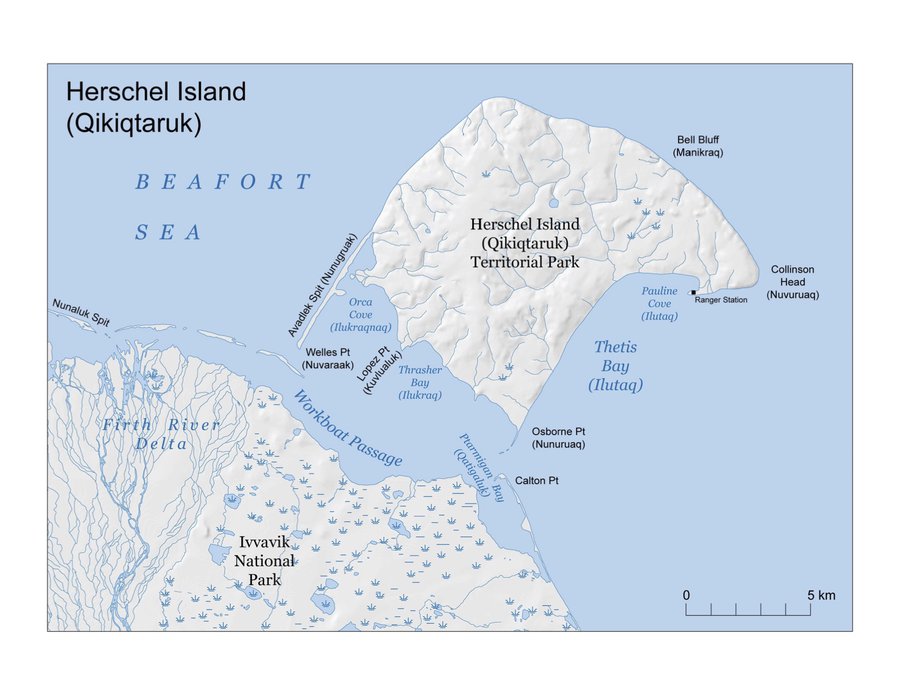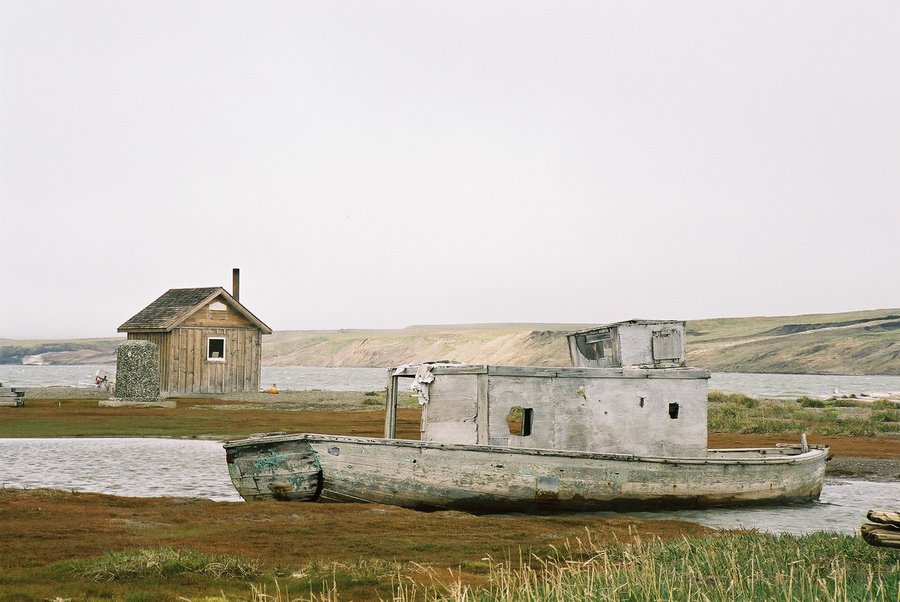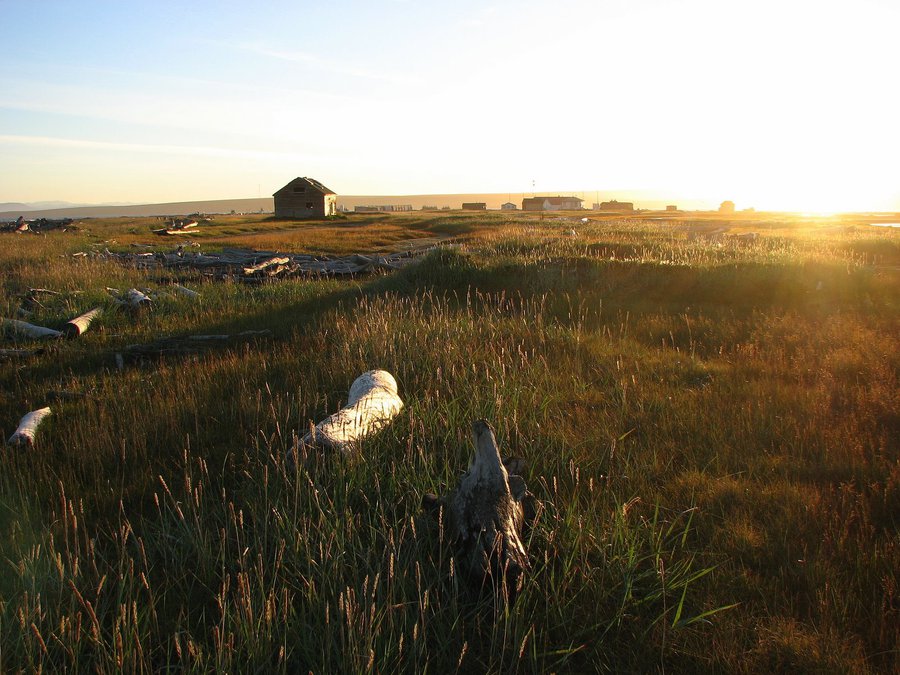Qikiqtaruk - Herschel Island Territorial Park
Qikiqtaruk is a remarkable place with a long and colourful history. For hundreds of years, it has sustained Inuvialuit living off the land and sea, and its shelter provided a base for the western Arctic whaling fleet in the 1890s. It was given its english name by John Franklin during a voyage to establish sovereignty over arctic North America, and was the location of the first police detachment in the Canadian Arctic.
Herschel Island was also a logistical centre during the offshore oil boom of the 1970s and early 1980s, but is now designated as a territorial park, a reserve established as a result of the Inuvialuit Final Agreement. It is our Council's responsibility to provide advice on management within the Park.
Want to learn more about the recent history of Qikiqtaruk? Check out the video below:



